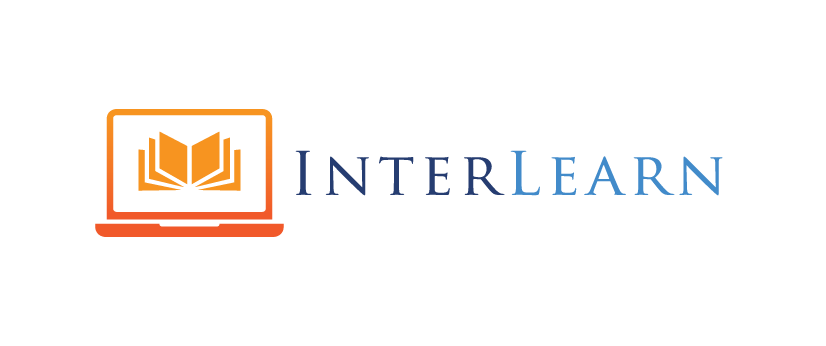As noted in the Curriculum Design for Online Programs recording from the ABHE workshop, it can feel like a conflict to urge prescribed learning while pushing options-based learning. However, not only does it go well together, but the prescribed learning provides more space for the facilitator to provide options-based learning.
Prescribed learning (see more in Prescribed Learning for Adults), whether higher education curriculum or corporate training programs, provides the framework that is assured to scaffold throughout the program. Strong programs have an excellent architecture in place supported with well-designed learning. The prescribed flow is best developed in a centralized capacity, guiding the experience and knowledge of subject matter experts into the prescribed framework.
Centralization isn’t necessarily a popular decision (see more in The Role of Centralization in Higher Education), and there are good reasons for that. Dolan’s research study in 2011 titled The Isolation of Online Adjunct Faculty and Its Impact on their Performance reported that online adjuncts perceived low cultural connection, being taken for granted, and communication from the administration to just be disciplinary. Meanwhile, the administration’s perception was that communication was positive, even if not every single individual would be satisfied.
However, if centralized development is handled effectively, such as vision setting and framework development with a mission to be a conduit of information rather than a dictator of it, then such development can be extremely powerful. The challenge with any centralized tendency is to let it go and trust the stakeholders with it. Give the robust program and curriculum to the faculty as a structure to guide them. Don’t micromanage the content thinking that will improve the learning experience. Invest in your adjunct faculty’s training so that they make the content come alive.
Here is where options-based learning is not only real in the context of prescribed learning, but more possible as well. If a solid framework is provided, then a facilitator has a lot of slack to understand the learner’s needs better and ensure that connection between the knowledge and the individual.
By being able to take the time necessary to assess each learner’s needs (do not confuse the term assess with testing), the options-based learning can come into full effect.

While this can go on at length, you can see the pattern. Let’s stop thinking that groups of learners’ are going to have the same skills, same proficiencies, and ready to take it to the next level. A strong framework gives a well-trained facilitator the capacity they need to ensure true learning and maximize options based on those learners’ needs.
Written by Dr. Willeke and with contributions from her post on LinkedIn at Options-Based Learning.

Comments are closed